000
이하 인용 기사는,
현재 중국 코로나 바이러스의 단백질 구조를 연구하는 학자들 일부가
현 2019년 중국 신종 코로나 바이러스는
지난 2003년 형 SARS 유형의 코로나 바이러스와는 달리,
추가적인 단백질 결합 구조를 지니고 있으며
추가적으로 결합된 이 Spiking Protein 구조가 기존의 HIV (면역 결핍 유도 바이러스) 의 단백질 특성과
완전히 동일하다는 사실을 알고 기괴하기 짝이 없는 이 연구 결과에 깜짝 놀라는 중에 있음을
이하 Zero Hedge 인용 기사는 관련 연구를 시행한 과학자의 트위터 내용을 인용하며 언급한다.
소위 실험실에서 인공적으로 제조된 생물 무기가 아니냐~ 라는 국제적인 항간의 추정 의문들이
들어 맞은 것은 아닌가...하는 공포심을 불러 일으키고 있다고 전하는 내용.
이러한 의문의 HIV 와 그 성질이 일치하는 추가적인 단백질 결합 구조에 관한 상세 내용을
https://www.biorxiv.org/content/10.1101/2020.01.30.927871v1 링크를 인용하여 다음과 같이 쓰고 있다.
Abstract
We are currently witnessing a major epidemic caused by the 2019 novel coronavirus (2019- nCoV). The evolution of 2019-nCoV remains elusive. We found 4 insertions in the spike glycoprotein (S) which are unique to the 2019-nCoV and are not present in other coronaviruses. Importantly, amino acid residues in all the 4 inserts have identity or similarity to those in the HIV-1 gp120 or HIV-1 Gag. Interestingly, despite the inserts being discontinuous on the primary amino acid sequence, 3D-modelling of the 2019-nCoV suggests that they converge to constitute the receptor binding site. The finding of 4 unique inserts in the 2019-nCoV, all of which have identity /similarity to amino acid residues in key structural proteins of HIV-1 is unlikely to be fortuitous in nature. This work provides yet unknown insights on 2019-nCoV and sheds light on the evolution and pathogenicity of this virus with important implications for diagnosis of this virus.
우리는 현재 2019 년 새로운 코로나 바이러스 (2019-nCoV)로 인한 주요 전염병을 목격하고 있습니다. 2019-nCoV의 진화는 애매 모호합니다. 우리는 2019-nCoV에 고유하고 다른 코로나 바이러스에는 존재하지 않는 스파이크 당 단백질 (S)에서 4 개의 삽입물을 발견했습니다. 중요하게, 4 개의 삽입물 모두의 아미노산 염기는 HIV-1 gp120 또는 HIV-1 Gag의 아미노산 염기와 동일성 또는 유사성을 갖는다. 흥미롭게도, 삽입물이 1 차 아미노산 서열에서 불연속적 임에도 불구하고 2019-nCoV의 3D 모델링은 이들이 수용체 결합 부위를 구성하기 위해 수렴한다는 것을 제안한다. 2019-nCoV에서 4 개의 고유 한 삽입물을 발견 한 결과, HIV-1의 주요 구조 단백질에서 아미노산 염기와 동일성 / 유사성을 갖는 것은 사실상 우연이 아닐 것입니다.
인간에서 인간으로 전염성이 강하도록 설계되었고,
새로운 숙주 신체의 면역성 결핍을 유도하여 치사율을 극대화 하도록 프로그램된 바이러스 라는 의미..
러시아 조차도 중국 과의 국경 및 극동지역의 국경을 폐쇄 조치하는 것이 이상하지 않은 결정으로만 보인다.
전염되지 않도록 각별히 유의하는 것이 가장 중요할 것으로 보인다.
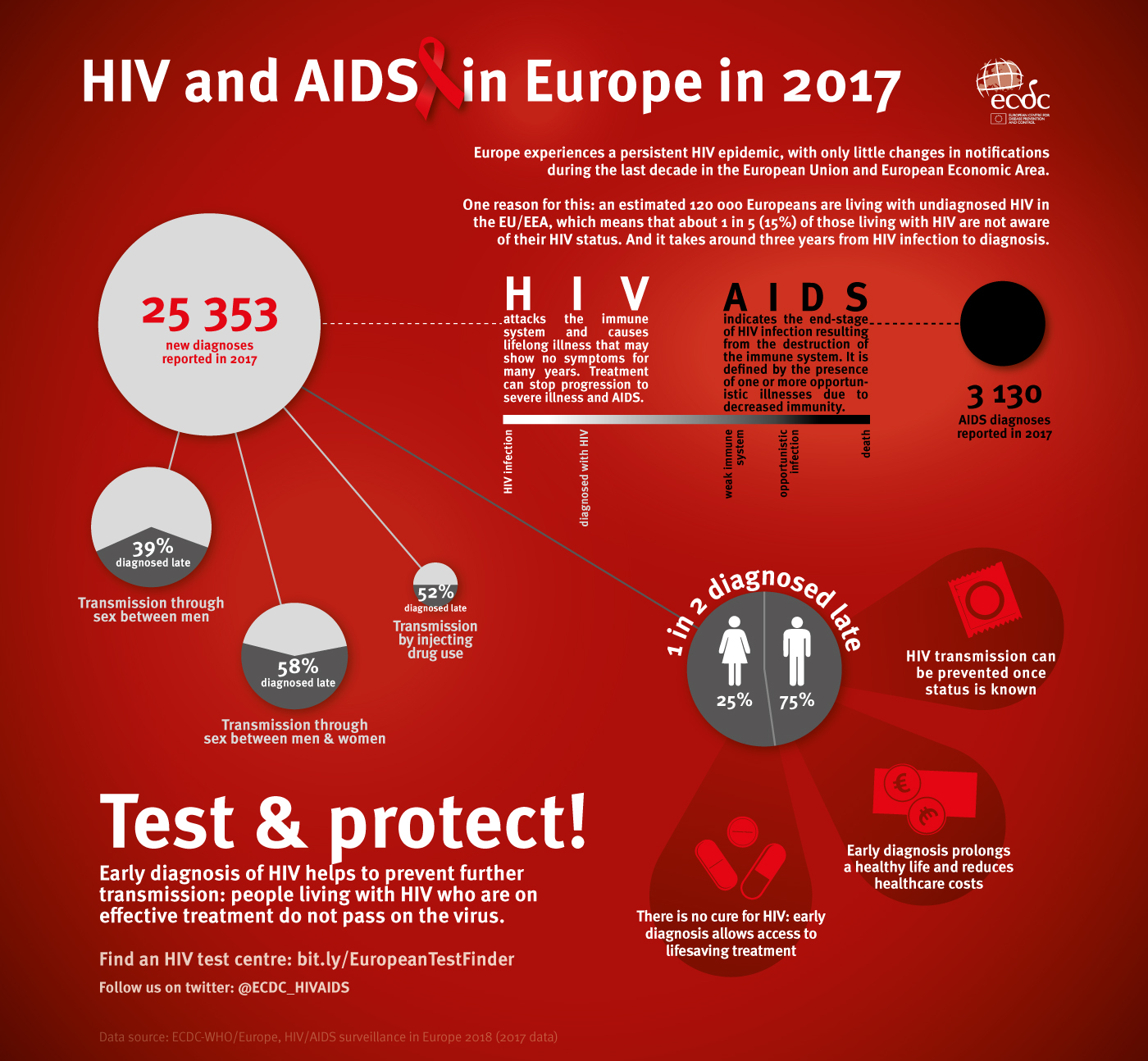
2019 신종 코로나 바이러스는 HIV 삽입 구조를 포함하고 있음이 밝혀져, 인공적으로 개발된 생물 무기라는 공포감을 불러 일으킨다
Coronavirus Contains "HIV Insertions", Stoking Fears Over Artificially Created Bioweapon
지난 며칠 동안 주류 언론은 현재 우한에서만 7 만 명 이상의 사람들이 감염된 코로나 바이러스의 기원에 대한 이론에 대해 적극적으로 반박했습니다 (믿는 사람에 따라 다름). 이론은 중국이 캐나다 연구 프로그램을 통해 코로나 바이러스를 입수하여 우한의 바이러스 연구소에서 생물 무기로 성형하기 시작했다는 것이다. Politifact 는 특히 제로 헤지 (Zero Hedge)에서 손가락을 가리켰다.
이론은 전염병 전문가들이 바이오 무기로 기능하기 위해 개발 한 바이러스 는 박쥐 면역 시스템에 대한 중국의 저명한 연구원 인 Peng Zhou 박사의 실험실에서 시작되었으며 , 특히 면역 체계가 어떻게 적응하는지에 관한 것입니다. 코로나 바이러스 및 기타 파괴적인 바이러스와 같은 바이러스의 존재. 어쨌든 바이러스는 실험실에서 빠져 나 왔으며, 바이러스가 발생한 것으로 추정되는 후난 수산 시장은 단지 소름 끼치는 일입니다.
최근 트위터 위협에서 바이러스가 처음에 믿었던 것보다 훨씬 전염성이있는 것으로 보인다고 주장한 것으로 유명한 평판이있는 전염병 학자는 바이러스의 목적에 따라 유전자 조작이 가능 하다는 바이러스 게놈의 불규칙성을 지적하고 있습니다. 무기뿐 아니라 가장 치명적인 무기입니다.
" 2019-nCoV 스파이크 단백질의 독특한 삽입물의 HIV-1 gp120 및 Gag와의 유사성에 대한 불확실한 유사성 "에서, 인도 연구자들은 SARS 와 같은 다른 코로나 바이러스와 관련이없는 바이러스의 RNA 세그먼트에 당황 하고 대신에 더 가까운 것으로 보인다 HIV. 바이러스는 심지어 HIV 약물 치료에 반응합니다.
Over the past few days, the mainstream press has vigorously pushed back against a theory about the origins of the coronavirus that has now infected as many as 70,000+ people in Wuhan alone (depending on whom you believe). The theory is that China obtained the coronavirus via a Canadian research program, and started molding it into a bioweapon at the Institute of Virology in Wuhan. Politifact pointed the finger at Zero Hedge, in particular, though the story was widely shared across independent-leaning media.
The theory is that the virus, which was developed by infectious disease experts to function as a bio-weapon, originated in the Wuhan-based lab of Dr. Peng Zhou, China's preeminent researcher of bat immune systems, specifically in how their immune systems adapt to the presence of viruses like coronavirus and other destructive viruses. Somehow, the virus escaped from the lab, and the Hunan fish market where the virus supposedly originated is merely a ruse.
Now, a respected epidemiologist who recently caught flack for claiming in a twitter threat that the virus appeared to be much more contagious than initially believed is pointing out irregularities in the virus's genome that suggests it might have been genetically engineered for the purposes of a weapon, and not just any weapon but the deadliest one of all.
In "Uncanny similarity of unique inserts in the 2019-nCoV spike protein to HIV-1 gp120 and Gag", Indian researchers are baffled by segments of the virus's RNA that have no relation to other coronaviruses like SARS, and instead appear to be closer to HIV. The virus even responds to treatment by HIV medications.
시간이 지남에 따라 압박을받은 사람들을 위해 2019-nCoV의 고유 한 특성에 중점을 둔 우한 코로나 바이러스에서 HIV1의 아미노산 서열과 상 동성 인 4 개의 아미노산 서열을 관찰하는 주요 연구 결과는 다음과 같습니다.
For those pressed for time, here are the key findings from the paper, which first focuses on the unique nature of 2019-nCoV, and then observe four amino acid sequences in the Wuhan Coronavirus which are homologous to amino acid sequences in HIV1:
Our phylogentic tree of full-length coronaviruses suggests that 2019-nCoV is closely related to SARS CoV [Fig1].
코로나 바이러스의 계통 발생학적 표에서 2019-nCoV가 SARS CoV와 밀접한 관련이 있음을 시사한다 [그림 1].
In addition, other recent studies have linked the 2019-nCoV to SARS CoV. We therefore compared the spike glycoprotein sequences of the 2019-nCoV to that of the SARS CoV (NCBI Accession number: AY390556.1). on careful examination of the sequence alignment we found that the 2019- nCoV spike glycoprotein contains 4 insertions [Fig.2]. To further investigate if these inserts are present in any other corona virus, we performed a multiple sequence alignment of the spike glycoprotein amino acid sequences of all available coronaviruses (n=55) [refer Table S.File1] in NCBI refseq (ncbi.nlm.nih.gov) this includes one sequence of 2019-nCoV[Fig.S1]. We found that these 4 insertions [inserts 1, 2, 3 and 4] are unique to 2019-nCoV and are not present in other coronaviruses analyzed. Another group from China had documented three insertions comparing fewer spike glycoprotein sequences of coronaviruses . Another group from China had documented three insertions comparing fewer spike glycoprotein sequences of coronaviruses (Zhou et al., 2020).
또한 다른 최근 연구에 따르면 2019-nCoV가 SARS CoV에 연결되었습니다. 따라서, 2019-nCoV의 스파이크 당 단백질 서열을 SARS CoV (NCBI 수탁 번호 : AY390556.1)의 스파이크 당 단백질 서열과 비교 하였다. 서열 정렬을주의 깊게 조사한 결과, 2019-nCoV 스파이크 당 단백질에는 4 개의 삽입이 포함되어 있음을 발견했습니다 [그림 2]. 이러한 삽입물이 다른 코로나 바이러스에 있는지 더 조사하기 위해, 우리는 NCBI refseq (ncbi.nlm에서 이용 가능한 모든 코로나 바이러스 (n = 55) [표 S.File1]의 스파이크 당 단백질 아미노산 서열의 다중 서열 정렬을 수행 하였다. .nih.gov) 여기에는 2019-nCoV의 하나의 시퀀스가 포함됩니다 [그림 .S1]. 이러한 4 개의 삽입물 [삽입물 1, 2, 3 및 4]은 2019-nCoV에 고유하며 분석 된 다른 코로나 바이러스에는 존재하지 않습니다. 중국의 또 다른 그룹은 코로나 바이러스의 더 적은 스파이크 당 단백질 서열을 비교하는 3 개의 삽입을 기록했다. 중국의 또 다른 그룹은 코로나 바이러스의 더 적은 스파이크 당 단백질 서열을 비교하는 3 개의 삽입을 기록했다 (Zhou et al., 2020).
우리는 정렬 된 게놈을 번역하였고 , 이들 삽입물은 숙주로서 Bat의 2019-nCoV 바이러스를 제외한 모든 무한 2019-nCoV 바이러스에 존재한다는 것을 발견했다 [그림 .S4]. 2019-nCoV에 고유 한 고도로 보존 된 4 개의 인서트에 흥미를 느끼면서 그 기원을 이해하고 싶었습니다. 이를 위해 모든 바이러스 게놈에 대한 쿼리로 각 삽입물과 2019-nCoV 로컬 정렬을 사용하고 100 % 서열 범위의 적중을 고려했습니다. 놀랍게도, 4 개의 삽입물 각각은 인간 면역 결핍 바이러스 -1 (HIV-1) 단백질의 짧은 세그먼트와 정렬되었다 . 2019-nCoV에서의 삽입물의 아미노산 위치 및 HIV-1 gp120 및 HIV-1 Gag에서의 상응하는 잔기는 표 1에 제시되어있다.
We then translated the aligned genome and found that these inserts are present in all Wuhan 2019-nCoV viruses except the 2019-nCoV virus of Bat as a host [Fig.S4]. Intrigued by the 4 highly conserved inserts unique to 2019-nCoV we wanted to understand their origin. For this purpose, we used the 2019-nCoV local alignment with each insert as query against all virus genomes and considered hits with 100% sequence coverage. Surprisingly, each of the four inserts aligned with short segments of the Human immunodeficiency Virus-1 (HIV-1) proteins. The amino acid positions of the inserts in 2019-nCoV and the corresponding residues in HIV-1 gp120 and HIV-1 Gag are shown in Table 1.
The first 3 inserts (insert 1,2 and 3) aligned to short segments of amino acid residues in HIV-1 gp120. The insert 4 aligned to HIV-1 Gag. The insert 1 (6 amino acid residues) and insert 2 (6 amino acid residues) in the spike glycoprotein of 2019-nCoV are 100% identical to the residues mapped to HIV-1 gp120. The insert 3 (12 amino acid residues) in 2019- nCoV maps to HIV-1 gp120 with gaps [see Table 1]. The insert 4 (8 amino acid residues) maps to HIV-1 Gag with gaps.
처음 3 개의 삽입물 (삽입물 1, 2 및 3)은 HIV-1 gp120에서 짧은 아미노산 잔기 세그먼트에 정렬되었다. 삽입물 4는 HIV-1 개그에 정렬되었다. 2019-nCoV의 스파이크 당 단백질에서 삽입물 1 (6 개 아미노산 잔기) 및 삽입물 2 (6 개 아미노산 잔기)는 HIV-1 gp120에 매핑 된 잔기와 100 % 동일하다. 2019- nCoV의 삽입물 3 (12 개 아미노산 잔기)은 간격이있는 HIV-1 gp120에 매핑됩니다 [표 1 참조]. 삽입물 4 (8 개 아미노산 잔기)는 간격을두고 HIV-1 Gag에 매핑됩니다.
저자는 왜 바이러스가 사람이 만든 것일 수 있다고 생각합니까? 가장 가까운 코로나 바이러스 패밀리에 존재하지 않는 상기 삽입물을 볼 때, "바이러스가 짧은 시간 내에 그러한 독특한 삽입물을 자연적으로 획득 할 가능성은 거의 없다"고 말했다. 대신, 이들은 HIV 게놈에 위치한 세포 확인 및 막 결합 단백질에서 발견 될 수있다.
2019-nCoV의 S 단백질이 SARS GZ02와 가장 가까운 조상을 공유하므로,이 두 바이러스의 스파이크 단백질을 코딩하는 서열을 MultiAlin 소프트웨어를 사용하여 비교했습니다. 우리는 2019-nCoV- "GTNGTKR"(IS1), "HKNNKS"(IS2), "GDSSSG"(IS3) 및 "QTNSPRRA"(IS4) 단백질에서 4 개의 새로운 삽입을 발견했습니다 (그림 2). 놀랍게도, 이러한 서열 삽입은 SARS의 S 단백질에는 없었을뿐만 아니라 코로나 비리 대과의 다른 구성원에서도 관찰되지 않았다 (보충 그림). 바이러스가 짧은 시간 내에 자연스럽게 이러한 독특한 삽입을 획득 할 가능성은 거의 없기 때문에 이것은 놀랍습니다.
삽입물은 최근 임상 분리주로부터 입수 가능한 2019-nCoV 바이러스의 모든 게놈 서열에 존재하는 것으로 관찰되었다. 2019-nCoV에서 이러한 삽입의 출처를 알기 위해 모든 바이러스 게놈에 대한 쿼리로 이러한 삽입을 사용하여 BLASTp을 사용하여 로컬 정렬을 수행했습니다. 예기치 않게, 모든 삽입물이 인간 면역 결핍 바이러스 -1 (HIV-1)과 정렬되었다. 추가 분석은 2019-nCoV로 HIV-1의 정렬 된 서열이 표면 당 단백질 gp120 (아미노산 서열 위치 : 404-409, 462-467, 136-150) 및 개그 단백질 (366-384 아미노산)로부터 유래 된 것으로 밝혀졌다 ( 1 번 테이블).HIV의 개그 단백질은 숙주 막 결합, 바이러스 패키징 및 바이러스-유사 입자의 형성에 관여한다. Gp120은 1 차 수용체 CD4에 결합함으로써 숙주 세포를 인식하는데 결정적인 역할을한다. 이 결합은 GP120에서 구조적 재 배열을 유도하여 CXCR4 및 / 또는 CCR5와 같은 케모카인 공동 수용체에 대한 높은 친화력 결합 부위를 생성한다.
논문의 저자는 "이 구조적 변화로 인해 2019-nCoV가 감염시킬 수있는 숙주 세포의 범위가 증가했을 수도있다"고 결론을 내릴 수있는 시각 자료 가있다 .
단백질 구조의 3D 모델링은 이러한 삽입이 2019-nCoV의 결합 부위에 존재한다는 것을 보여 주었다. 결합 도메인에서 2019-nCoV 스파이크 당 단백질에서 gp120 모티프의 존재로 인해, 본 발명자들은 이러한 모티프 삽입물이 숙주 세포 수용체에 대해 향상된 친 화성을 제공 할 수 있다고 제안한다 . 또한, 이러한 구조적 변화는 2019-nCoV가 감염시킬 수있는 숙주 세포의 범위를 증가 시켰을 수도 있습니다 . 우리가 아는 한, 이러한 주제의 기능은 여전히 HIV에서 명확하지 않으므로 탐색해야합니다. 바이러스들 사이에서 유전 물질의 교환은 잘 알려져 있으며, 이러한 중요한 교환은 관련이없는 것으로 보이는 바이러스 군 사이의 관계를 조사해야 할 위험과 필요성을 강조합니다.
Why do the authors think the virus may be man-made? Because when looking at the above insertions which are not present in any of the closest coronavirus families, "it is quite unlikely for a virus to have acquired such unique insertions naturally in a short duration of time." Instead, they can be found in cell identification and membrane binding proteins located in the HIV genome.
Since the S protein of 2019-nCoV shares closest ancestry with SARS GZ02, the sequence coding for spike proteins of these two viruses were compared using MultiAlin software. We found four new insertions in the protein of 2019-nCoV- “GTNGTKR” (IS1), “HKNNKS” (IS2), “GDSSSG” (IS3) and “QTNSPRRA” (IS4) (Figure 2). To our surprise, these sequence insertions were not only absent in S protein of SARS but were also not observed in any other member of the Coronaviridae family (Supplementary figure). This is startling as it is quite unlikely for a virus to have acquired such unique insertions naturally in a short duration of time.
The insertions were observed to be present in all the genomic sequences of 2019-nCoV virus available from the recent clinical isolates. To know the source of these insertions in 2019-nCoV a local alignment was done with BLASTp using these insertions as query with all virus genome. Unexpectedly, all the insertions got aligned with Human immunodeficiency Virus-1 (HIV-1). Further analysis revealed that aligned sequences of HIV-1 with 2019-nCoV were derived from surface glycoprotein gp120 (amino acid sequence positions: 404-409, 462-467, 136-150) and from Gag protein (366-384 amino acid) (Table 1). Gag protein of HIV is involved in host membrane binding, packaging of the virus and for the formation of virus-like particles. Gp120 plays crucial role in recognizing the host cell by binding to the primary receptor CD4.This binding induces structural rearrangements in GP120, creating a high affinity binding site for a chemokine co-receptor like CXCR4 and/or CCR5.
And some visuals, which lead the paper authors to conclude that "this structural change might have also increased the range of host cells that 2019-nCoV can infect":
3D modelling of the protein structure displayed that these insertions are present at the binding site of 2019-nCoV. Due to the presence of gp120 motifs in 2019-nCoV spike glycoprotein at its binding domain, we propose that these motif insertions could have provided an enhanced affinity towards host cell receptors. Further, this structural change might have also increased the range of host cells that 2019-nCoV can infect. To the best of our knowledge, the function of these motifs is still not clear in HIV and need to be explored. The exchange of genetic material among the viruses is well known and such critical exchange highlights the risk and the need to investigate the relations between seemingly unrelated virus families.
A good recap of the findings was provided by Dr. Feigl-Ding, who started his explanatory thread by pointing out that the transmission rate outside China has surpassed the rate inside China.
2) Whoa- the rate of increase ***outside of China*** is steeper than inside of China or Wuhan! Figure 1A. From: @TheLancet “Nowcasting and forecasting the potential domestic and international spread of 2019-nCoV bit.ly/2GF6gZP”)
2) Whoa- the rate of increase ***outside of China*** is steeper than inside of China or Wuhan! Figure 1A. From: @TheLancet “Nowcasting and forecasting the potential domestic and international spread of 2019-nCoV bit.ly/2GF6gZP”)
3) “An estimated 75815 individuals have been infected in Wuhan” —> this is substantially higher than current reports or ~10k reports by China
media. (75k estimate from above Lancet article)
4) ...”On the present trajectory, 2019-nCoV could be about to become a global epidemic in the absence of mitigation...substantial, even draconian measures that limit population mobility should be seriously and immediately considered in affected areas...”
But the 'smoking gun' in this case are pieces of the virus's genetic code that Indian researchers, led by Prashant Pradhan at the Indian Institute of Technology, found may have been 'embedded' from HIV, which belongs to an entirely different family of viruses.
16. UPDATE on
GENOME
: a very intriguing new paper investigating the aforementioned mystery middle segment w/ “S” spike protein: likely origin from HIV. “Uncanny similarity of unique inserts in the 2019-nCoV spike protein to HIV-1 gp120 and Gag” from biorxiv.org/content/10.110…
17. ...WHOA- the authors said the finding was “Unexpectedly” related to genes from HIV virus. Notably there were 4 gene insertions (see figure in above post #16). And so, which HIV gene proteins were found in the new #coronarvirus? Gag protein and Gp120- key HIV proteins...
18. Notably, in
S
, authors say for HIV
insertions: “Gag protein of HIV is involved in host membrane binding, packaging of the virus and for the formation of virus-like particles. Gp120 plays crucial role in recognizing the host cell by binding to the primary receptor CD4”
19. Again, these are new express published findings and not peer reviewed yet. Let’s not draw conclusions yet. But evidence suggest that 2 different HIV genes
are present in the #coronarvirus S gene region (that didn’t map to any other coronavirus, according to other studies).
20. Further the authors add that “This indicates that these insertions have been preferably acquired by the 2019-nCoV, providing it with additional survival and infectivity advantage. Delving deeper we found that these insertions were similar to HIV-1.”
21. Paper piles on: “these
insertions are present at binding site of 2019-nCoV. Due to presence of gp120 motifs in 2019-nCoV spike glycoprotein at its binding domain, we propose that these motif insertions could have provided an enhanced affinity towards host cell receptors.”
22. The authors dunked this final conclusion: “This uncanny similarity of novel inserts in the 2019- nCoV spike protein to HIV-1 gp120 and Gag is unlikely to be fortuitous”. Wow, they sure just went straight there!
What a bold paper... I don’t know what to say
The punchline:
9. BOTTOMLINE: 1) Seafood market not the source. 2) This RNA #coronavirus mutates really fast. 3)
has unusual middle segment never seen before in any coronavirus. 4) Not from recent mixing. 5) That mystery middle segment encodes protein responsible for entry into host cells.
To be sure, Dr. Feigl-Ding insists that he's not trying to promote any 'conspiracies' about the virus being a bioweapon developed by the Chinese, although it is difficult to find a proper name for what appears to be an artificial, weaponized virus.
10. TO BE CLEAR: I am absolutely not saying it’s bioengineering, nor am I supporting any conspiracy theories with no evidence. I’m simply saying scientists need to do more research + get more data. And finding the origin of the virus is an important research priority. Goodnight
Another doctor chimed in with what he thought was a solid explanation for the virus's irregularities...
Sure. 2019-nCoV is a +ve strand RNA virus that enters human cell and first encodes its RNA-replicase to make -ve stranded RNA that serves a template to make +ve strand RNA that is then translated for daughter nCoV. Drugs Lopinavir and Remdesivir target its protease and replicase.
...Until he realized something disturbing.
Oh my god. Indian scientists have just found HIV (AIDS) virus-like insertions in the 2019-nCov virus that are not found in any other coronavirus. They hint at the possibility that this Chinese virus was designed ["not fortuitous']. Scary if true. https://t.co/h6xPX1gYvj pic.twitter.com/kCpd1I00uE
— Anand Ranganathan (@ARanganathan72) January 31, 2020
"Scary"... but relax, it's just another ridiculous "conspiracy."

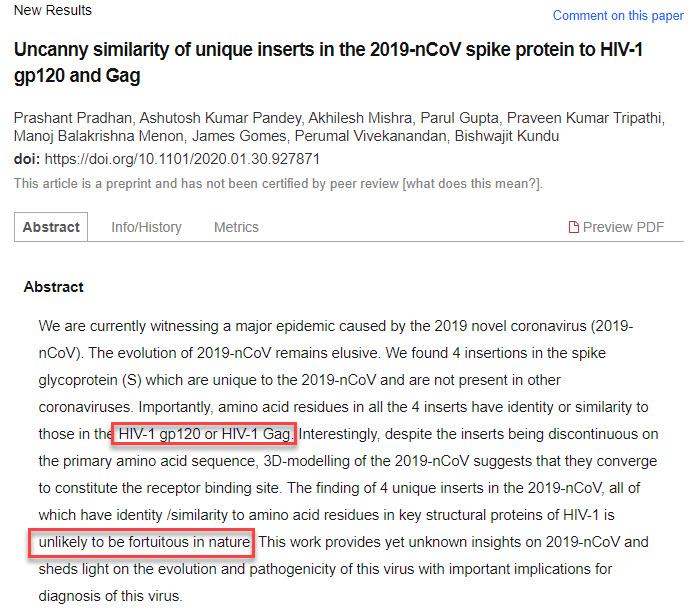
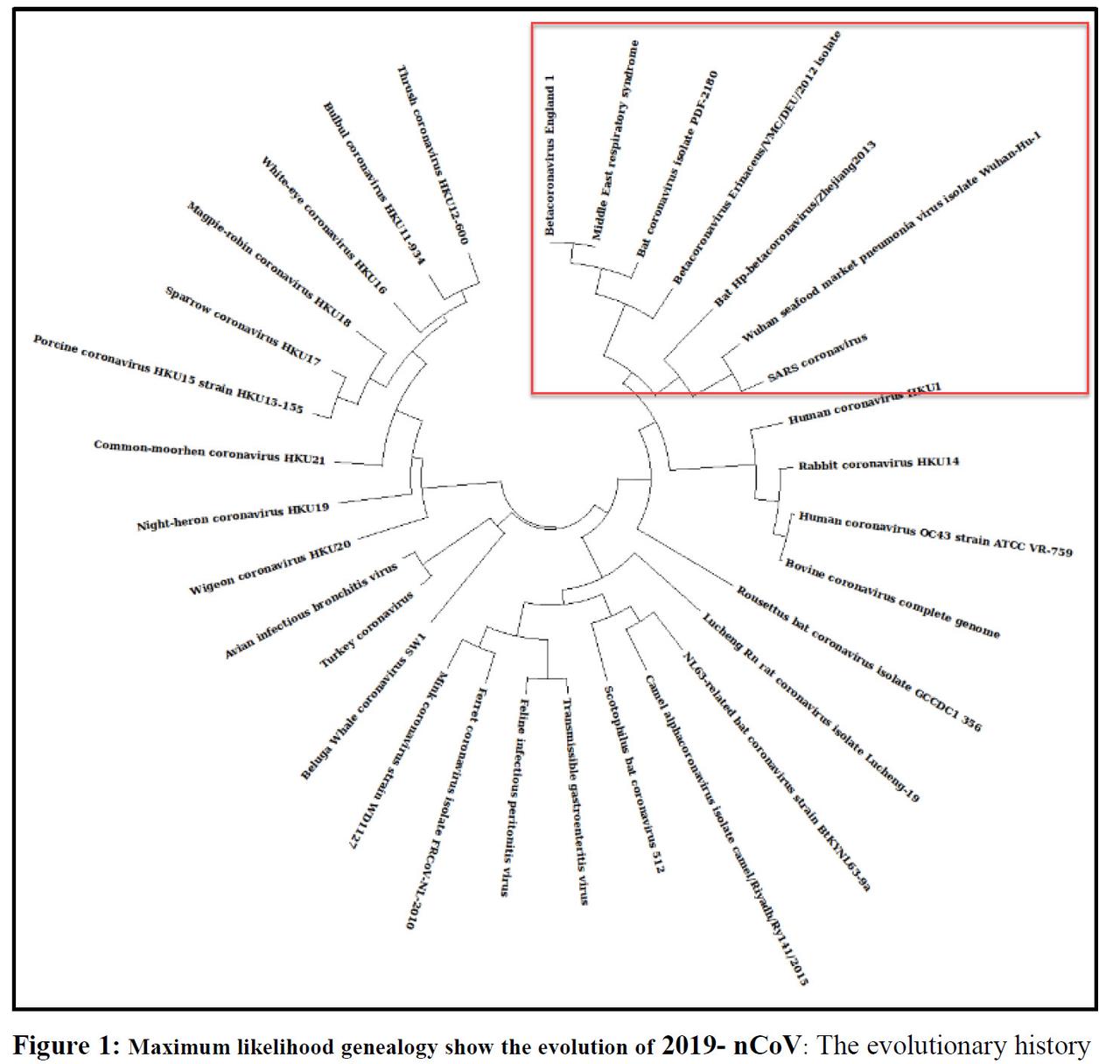
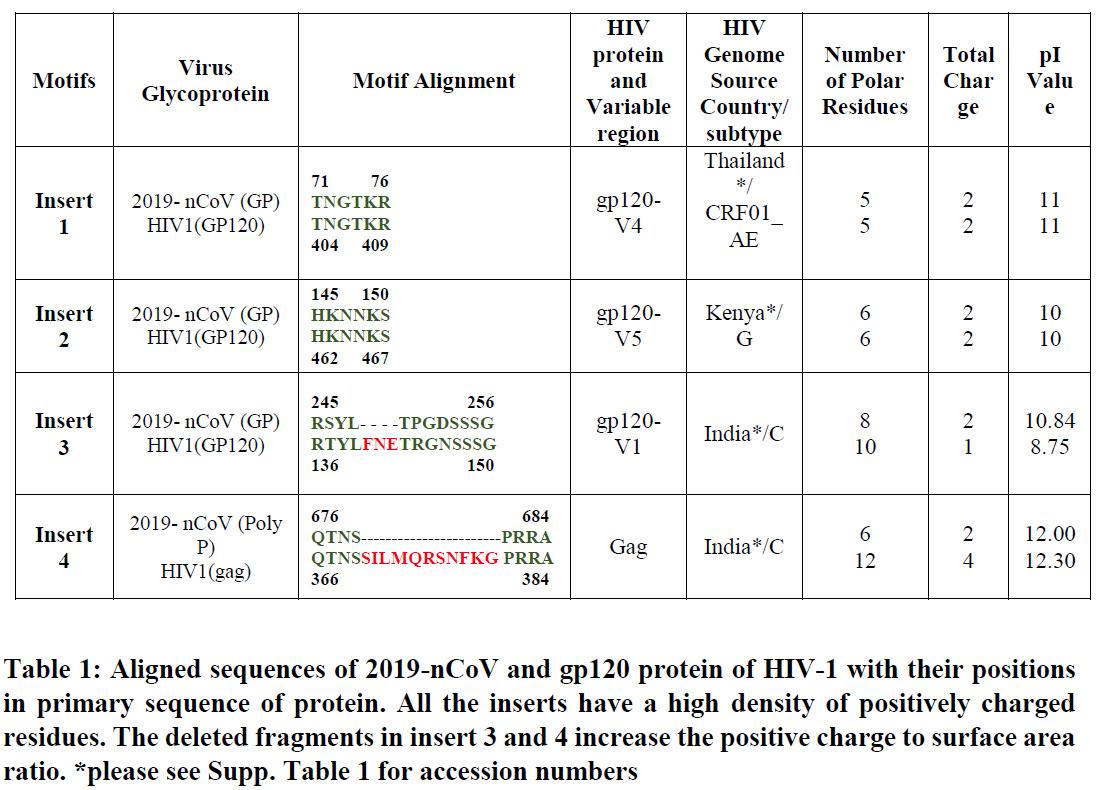
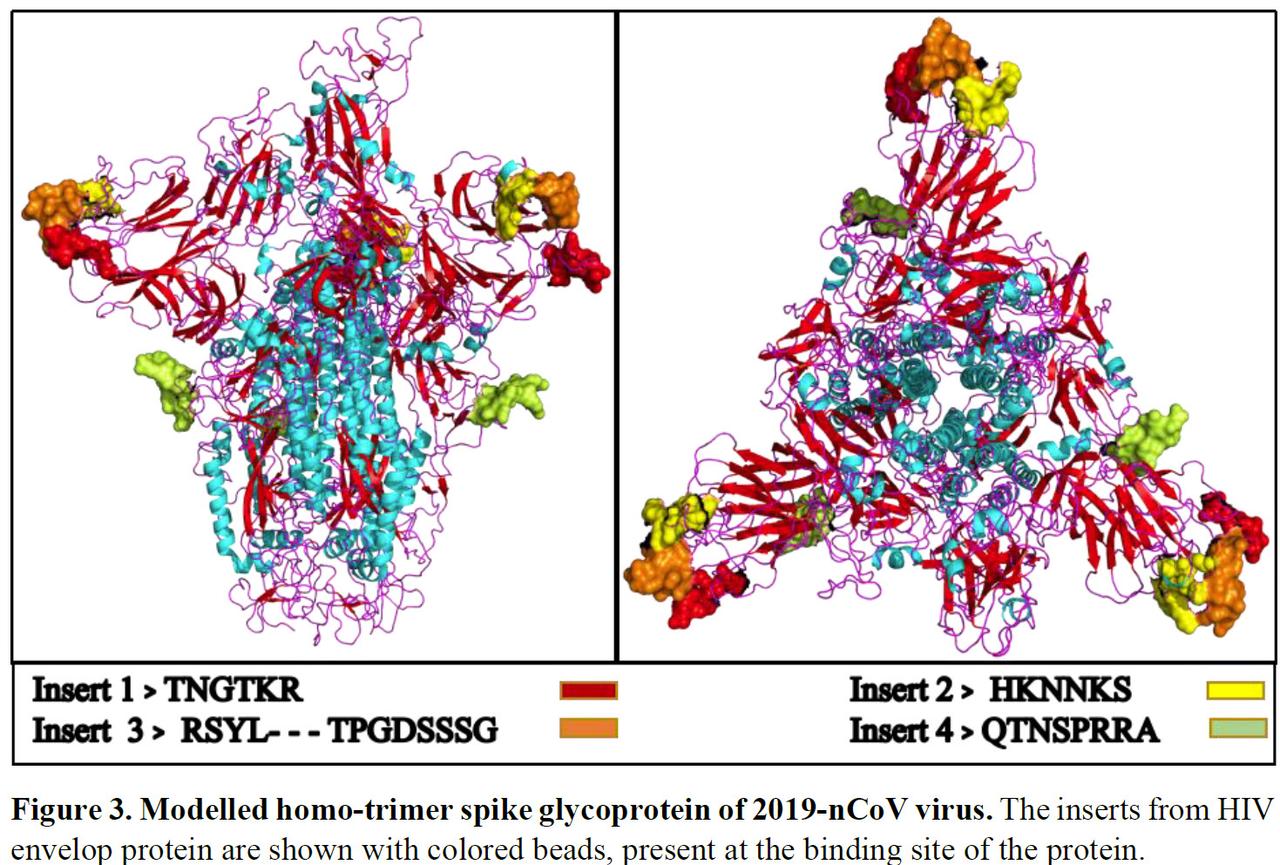


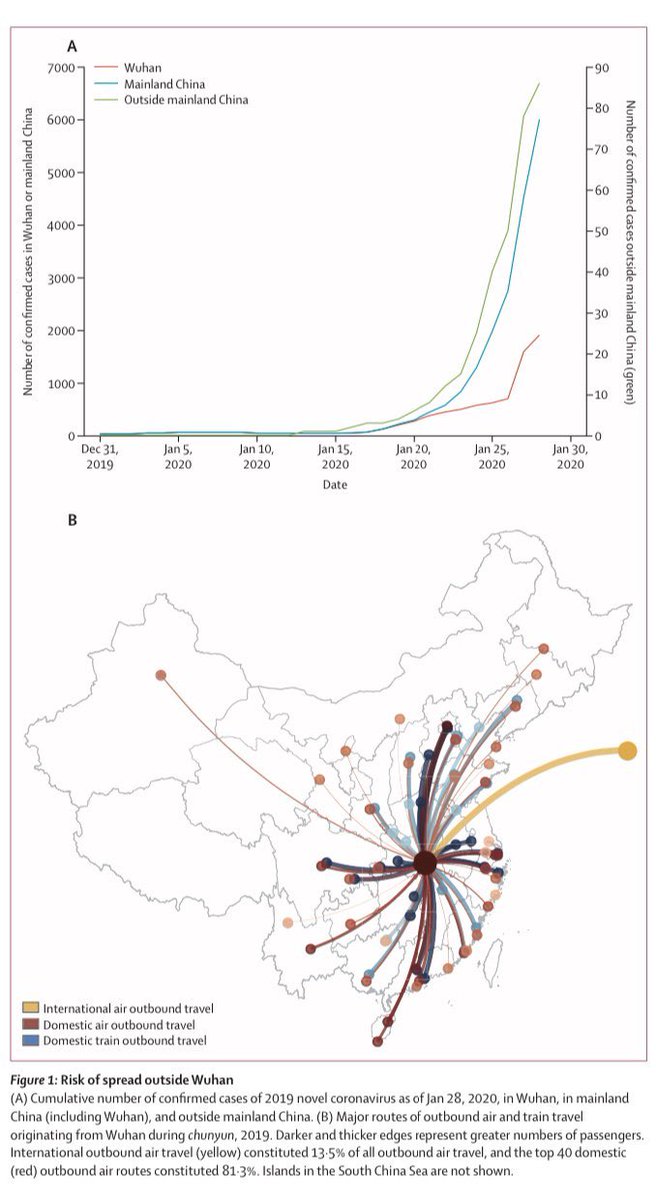










댓글